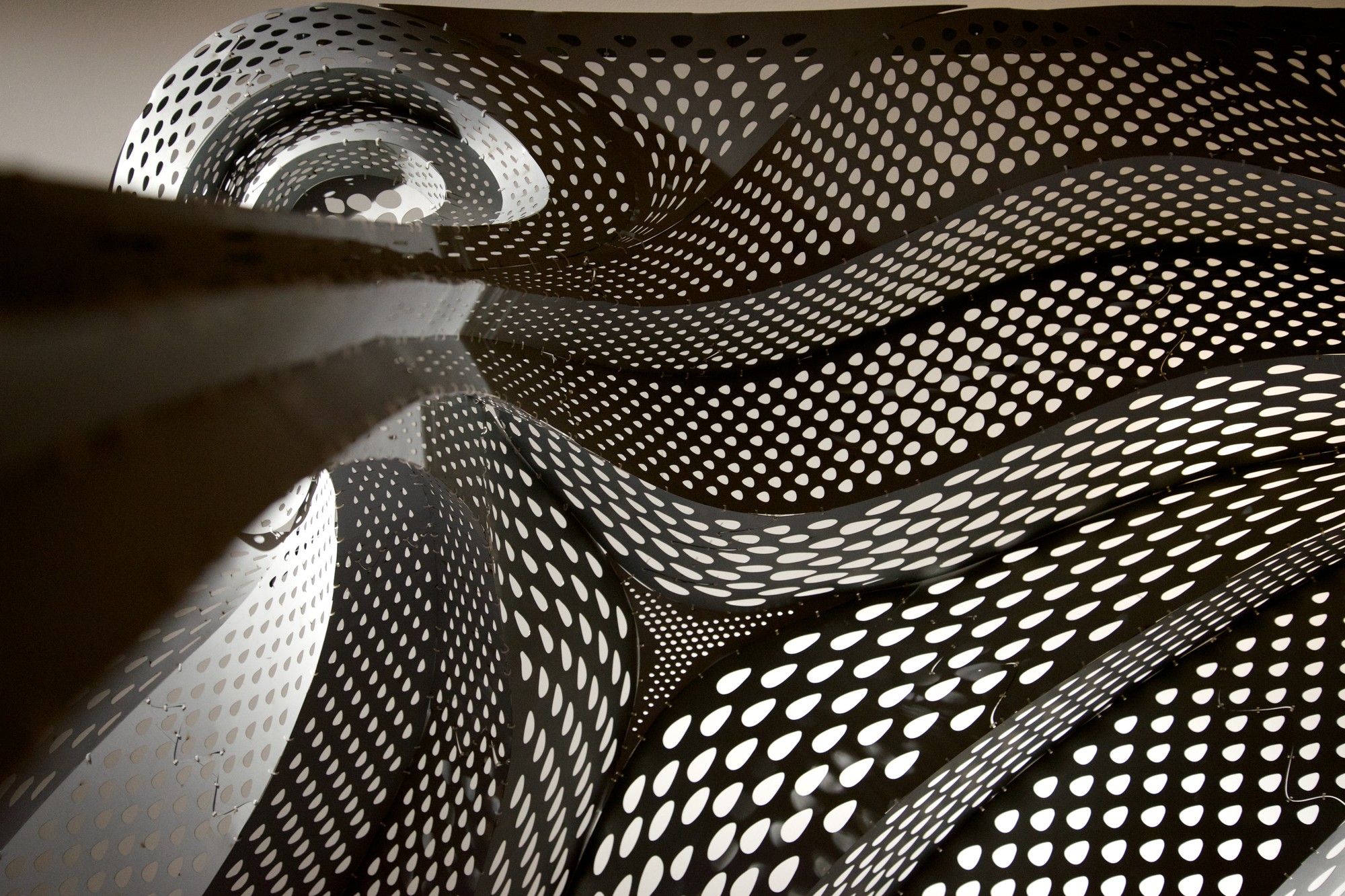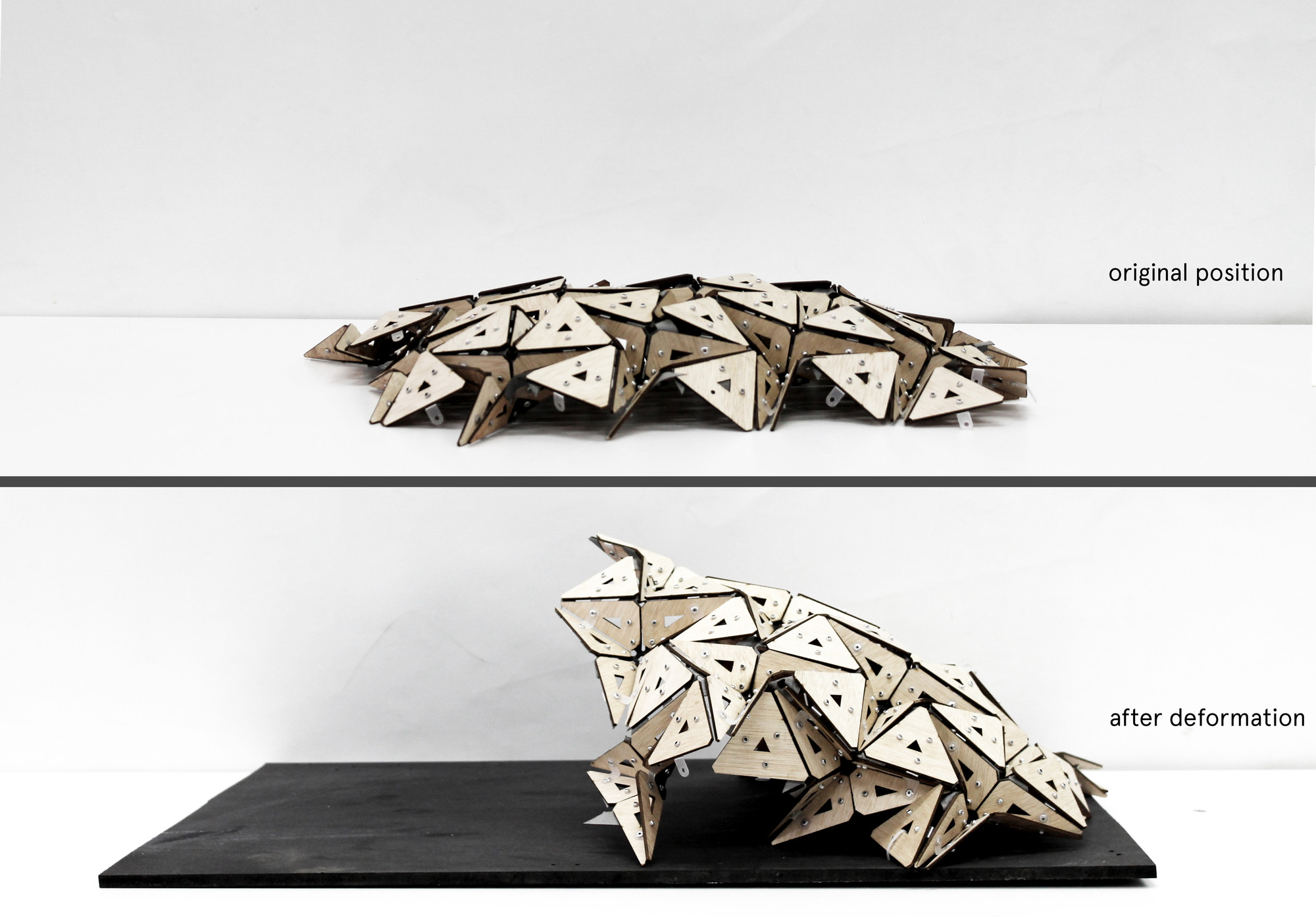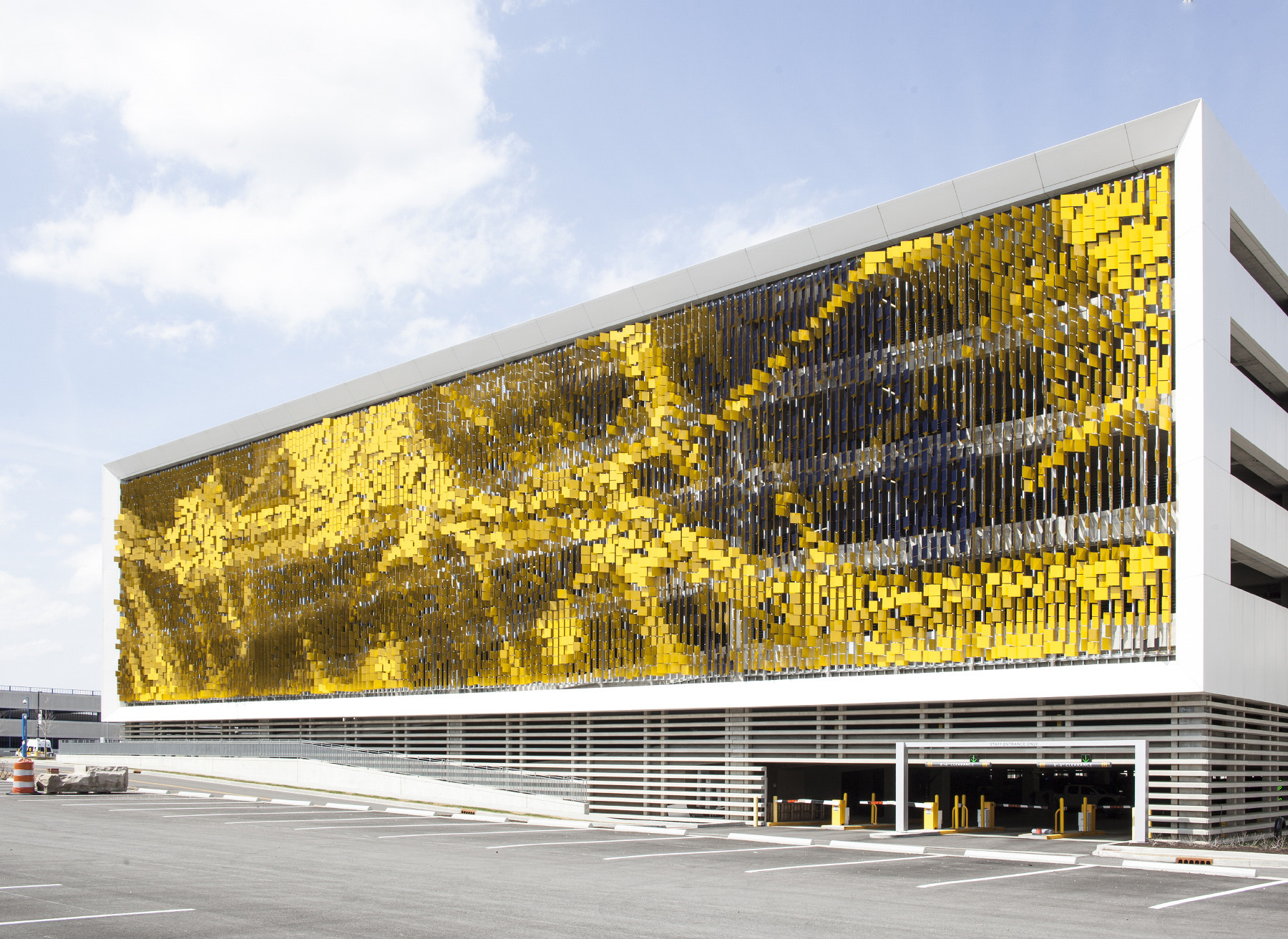
In some projects, preservation isn't just about retaining what's there, but also about putting back an element that has been forgotten to history (not always, though). This was the case at the Stella Tower in Manhattan, where as part of the building's recently completed condo conversion, JDS Development Group and Property Markets Group, along with architects CetraRuddy have reinstated the dramatic Art Deco crown of Ralph Walker's 1927 design.





.jpg?1417009867)












